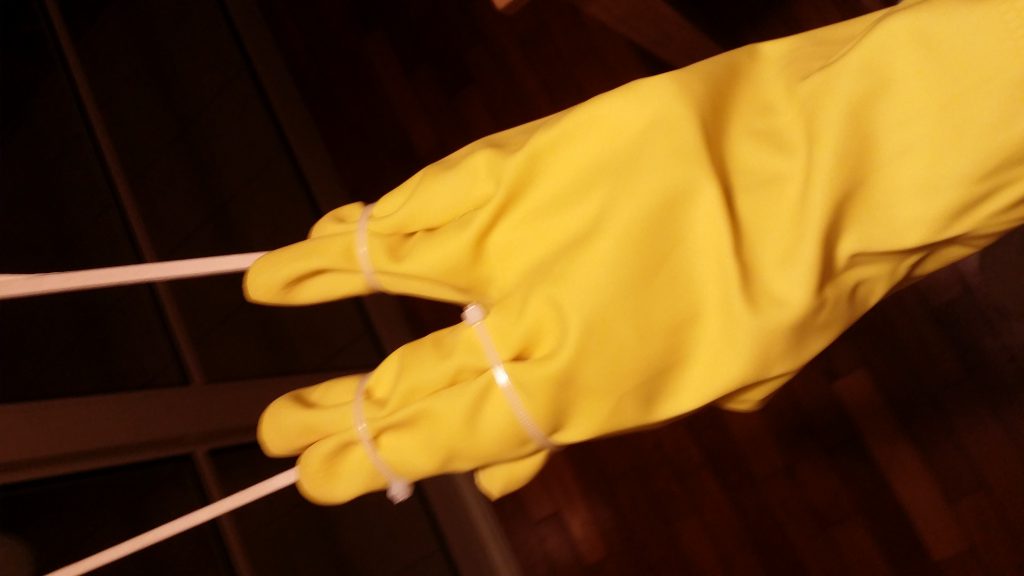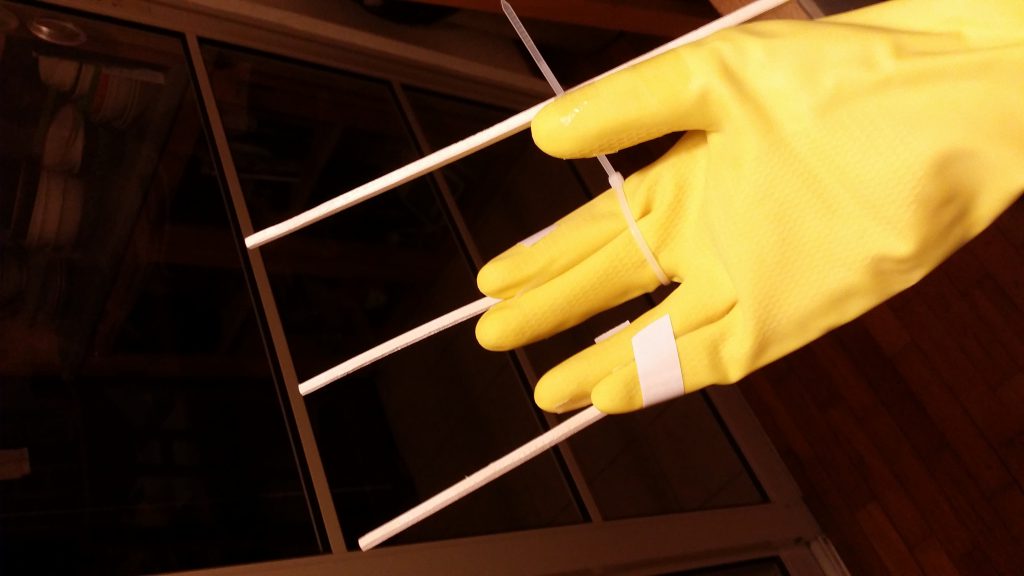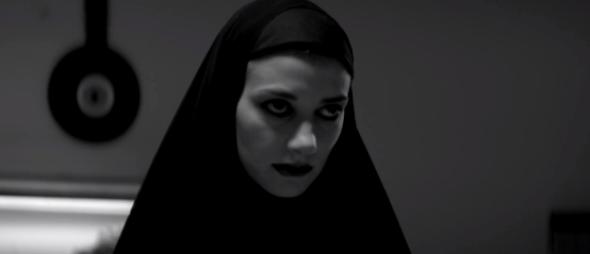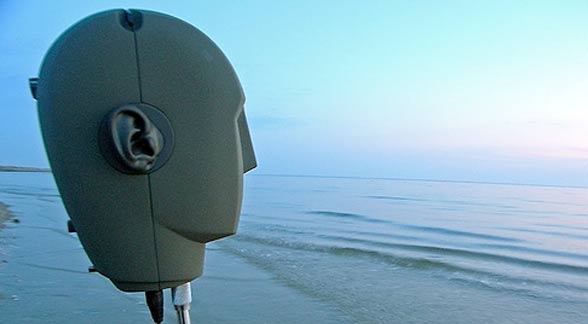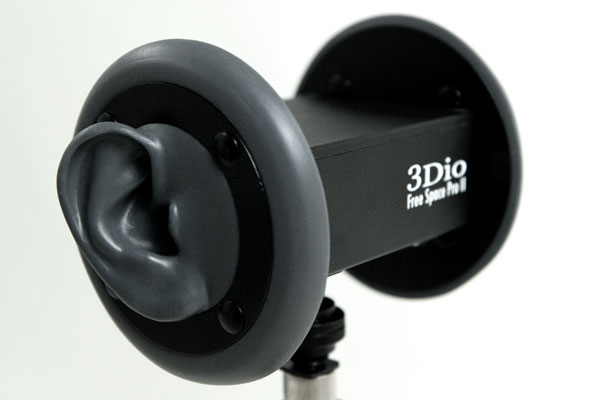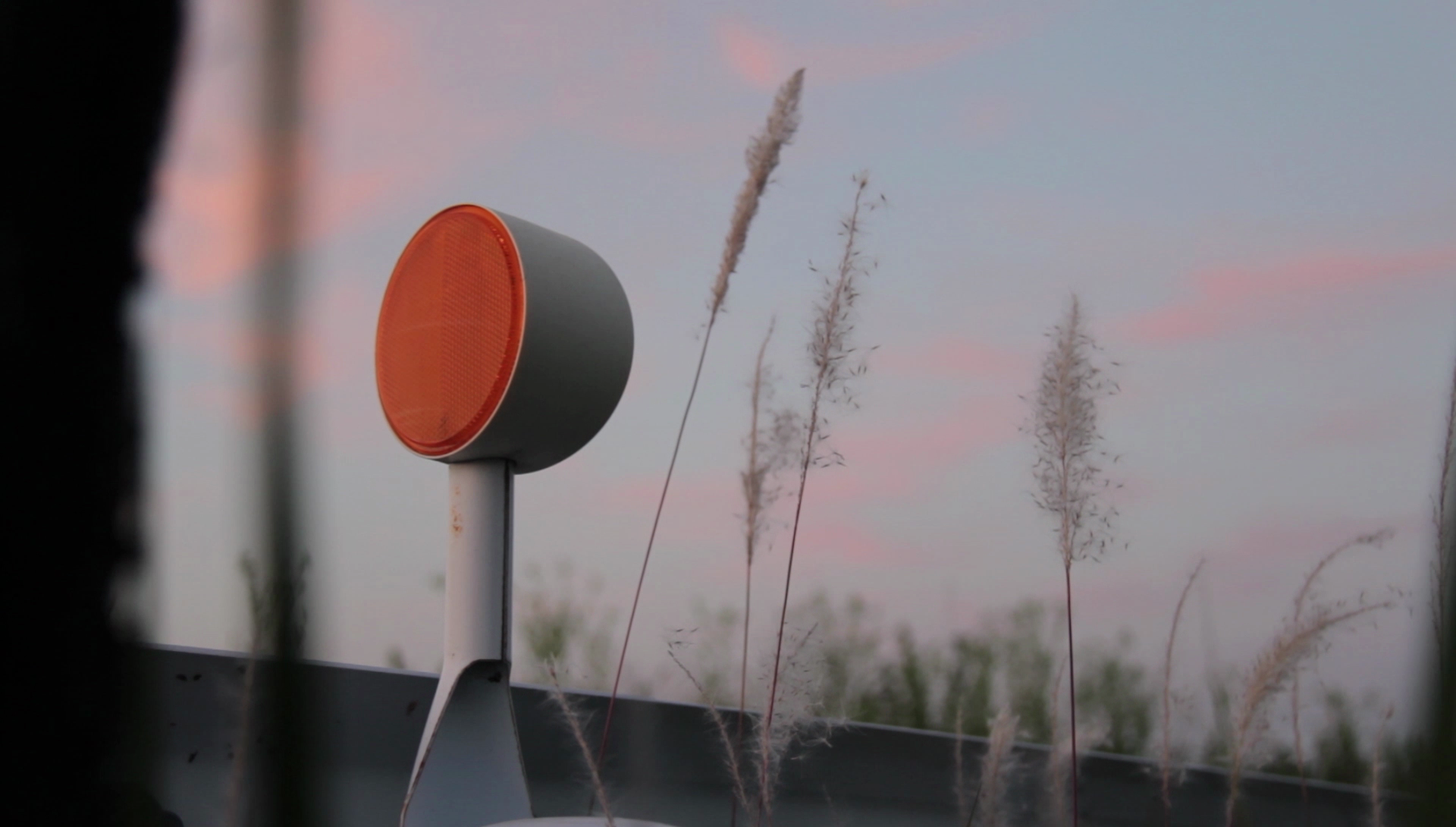
This video essay was given with the premise of making a video about something that you like.
I really wasn’t sure what to do, especially with the stipulation of using footage I had already shot.
Thus I was left with the footage I had recently shot either at Hong Kong or from Japan from when I had visited my grandparents.
I was quite hesitant to be honest dealing with quite a personal space. But I did it anyway.
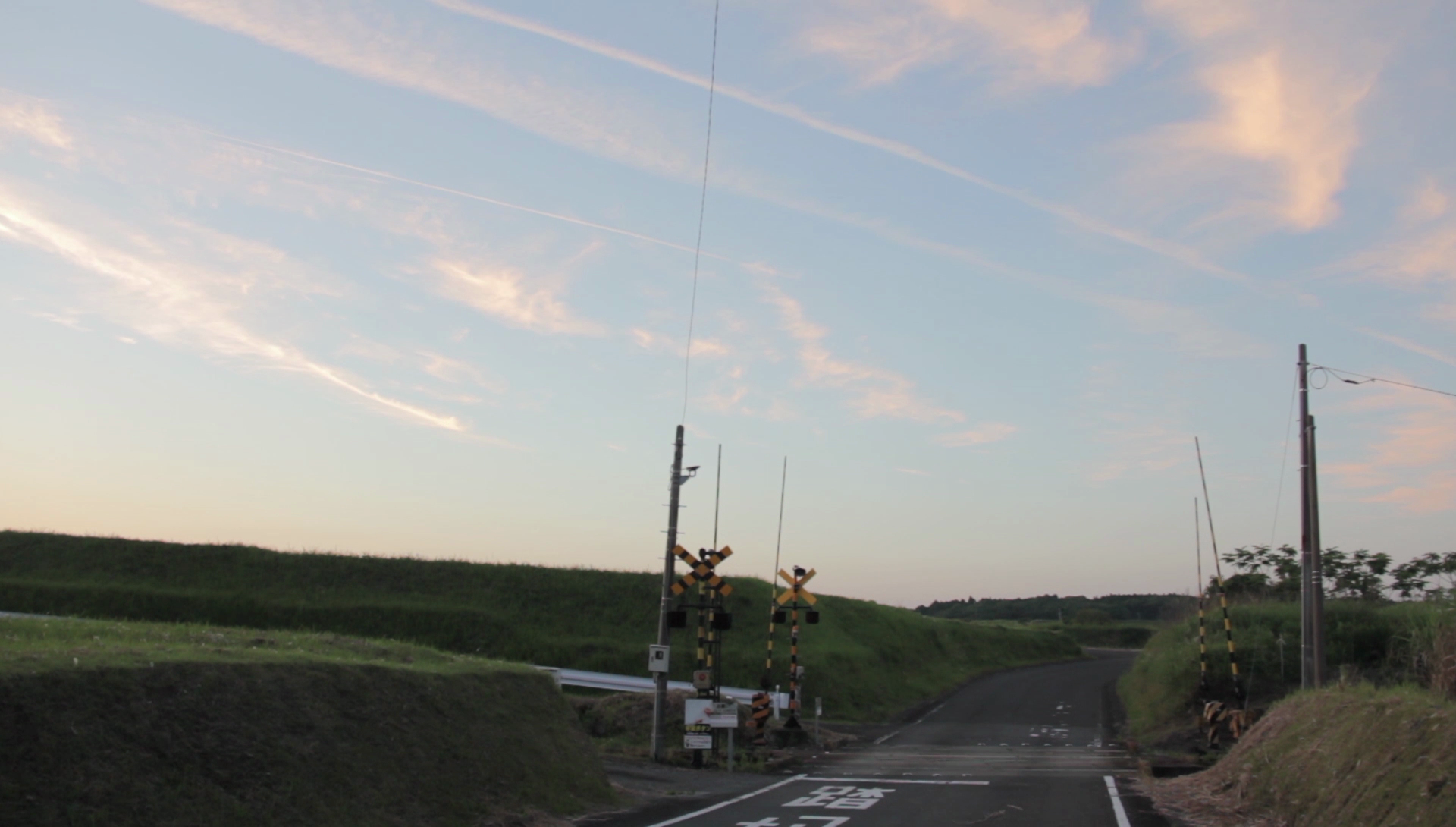
I intended for it to be spoken word simultaneous to the footage mainly because it would save me having to listen to my own voice for hours.
But this came out with an unintended effect of having a lot of ambient sound on the video, something I really enjoyed when I watch the edit back.
It makes the video able to stand on it’s own without the words, while maybe even giving a sense of what I was trying to say with words. Although that might just be because I know what the words and mood I intended for was.
As such, I think it’d be better to leave the footage and words as separate entities. Thought I was thinking of perhaps translating or subtitling in the future, but I really feel that the text at the bottom detracts a little from the whole image by cutting out the lower portion visually while also commanding the strongest presence.
https://drive.google.com/open?id=1CxFbc8Z15JOOzc2A5sv8PKXKI8eUOGVz
Text below, Video Above
At the end of May last year, I went to Kagoshima, Japan to visit my Grandparents.
Kagoshima is in the south of Japan and to get to my Grandparents house, we had to take a long ride into the mountains where the average age seems to be in the late 60s
I generally thought of myself to be more of a city boy, but the two weeks I spent there seemed to say otherwise.
A lot of the places are in the middle of nowhere but seem like the typical anime tropes
Train crossing, grassy fields, typical Japanese houses, crows
But I digress
This was the same house my mother and her sisters grew up in
This is the same river that they played in as kids
And it brings to mind how peculiar the passage of time is
Something change while other things stay the same
There’s a strange disconnect between the two
My grandfather doesn’t remember much and doesn’t even recognize some of the people in the photos of family.
My Grandmother doesn’t remember much at all
As my two weeks drew to an end, I really didn’t want to leave
Because I worried that that would be the last time I have a reason to be there
I don’t know if that’s true or not
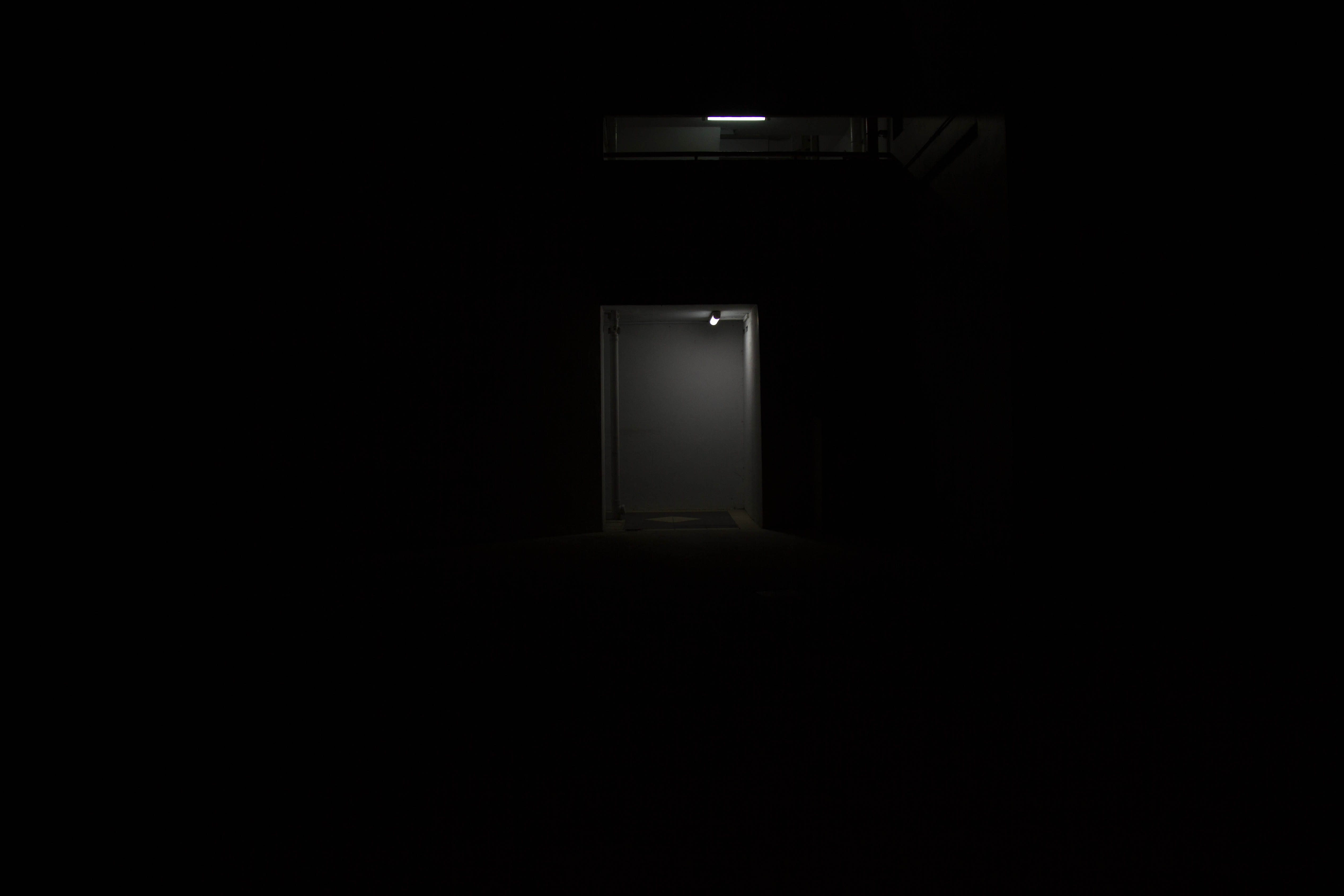
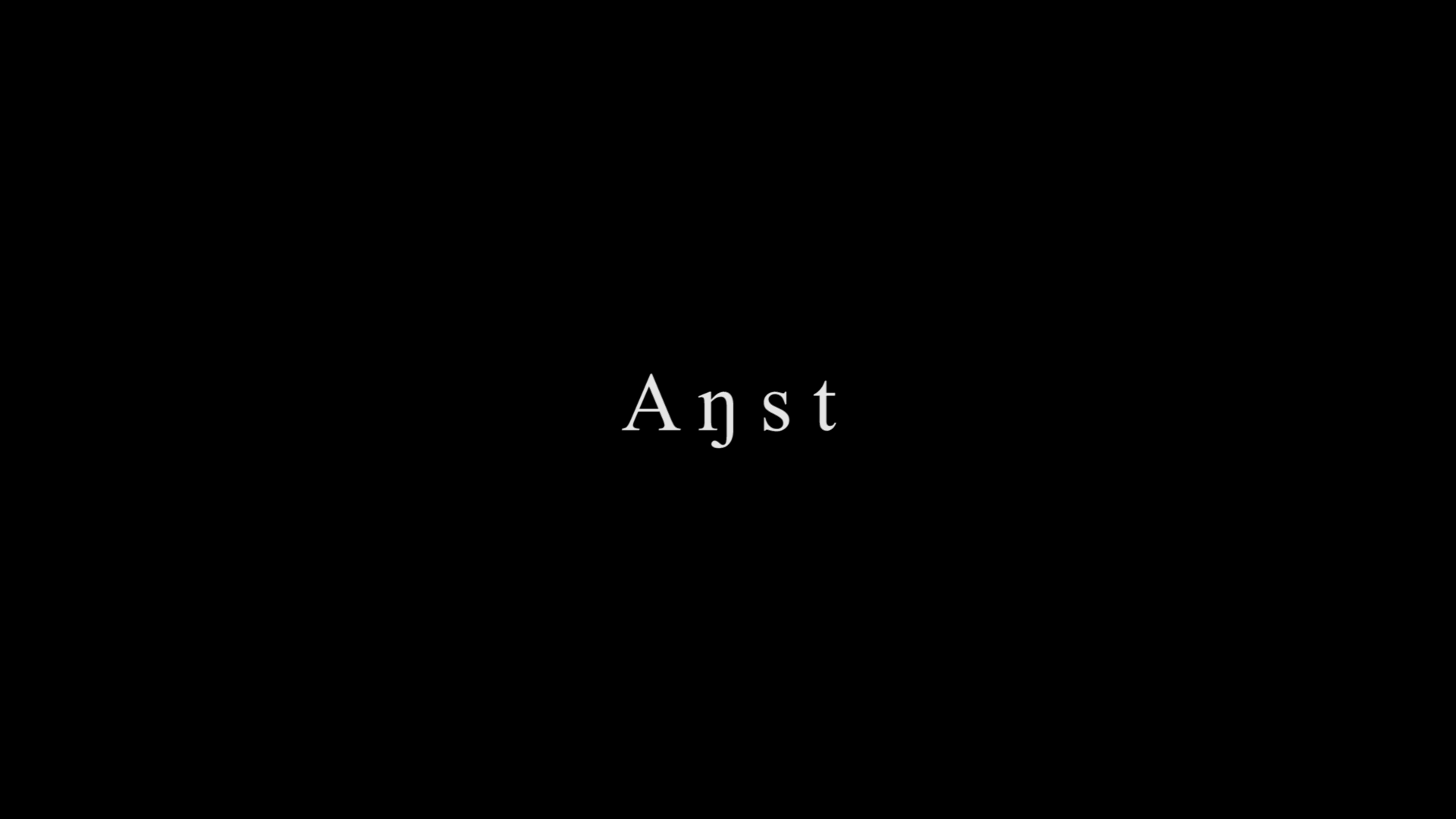
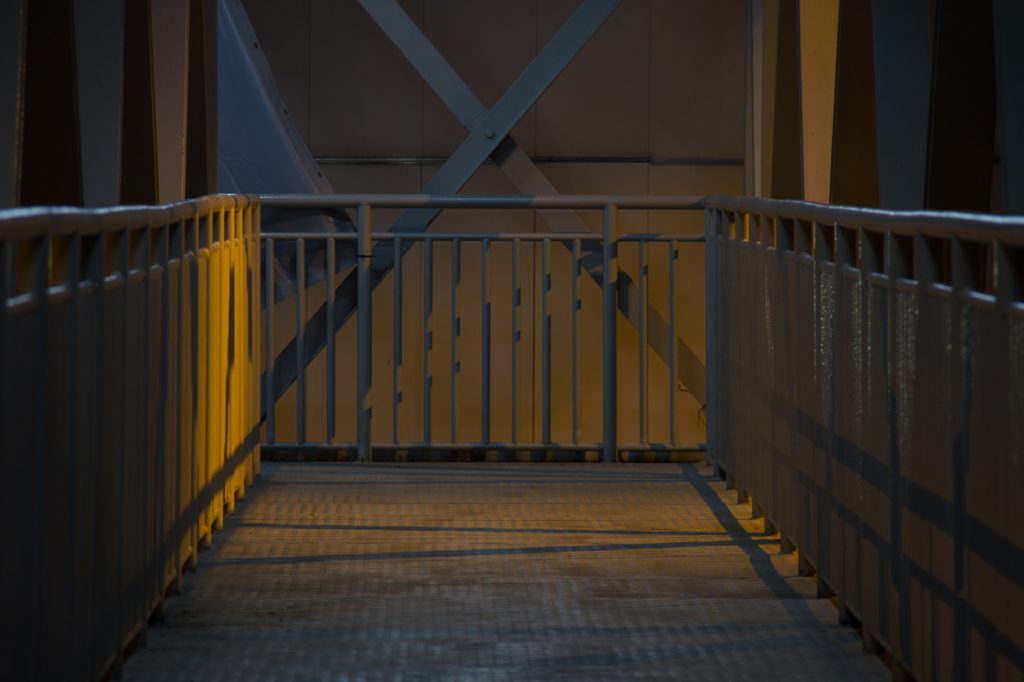
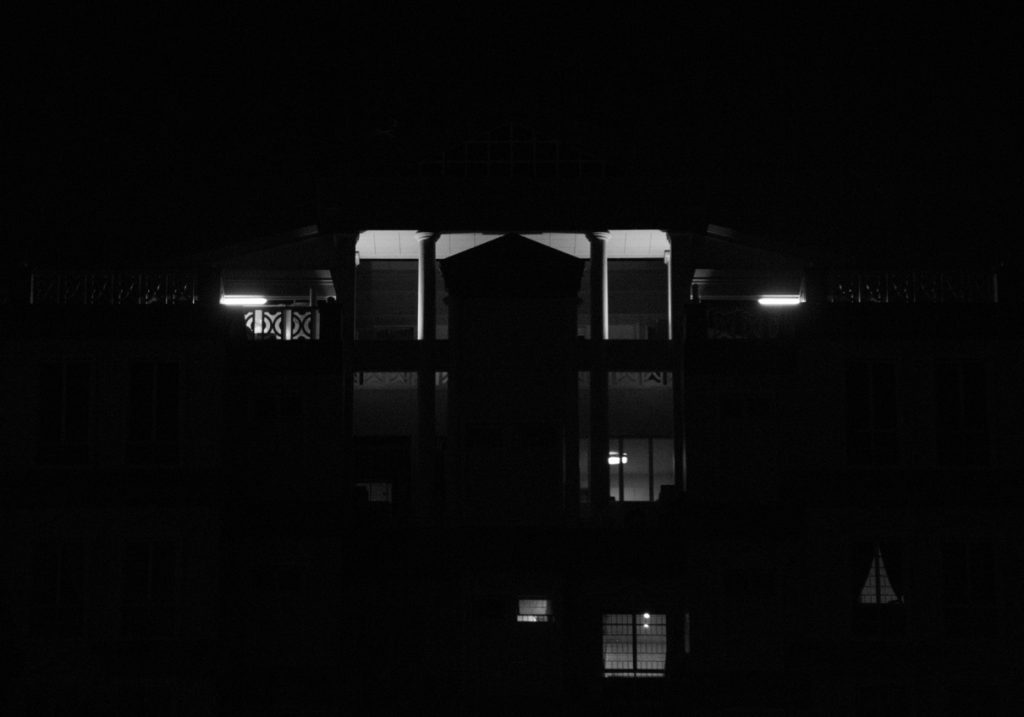
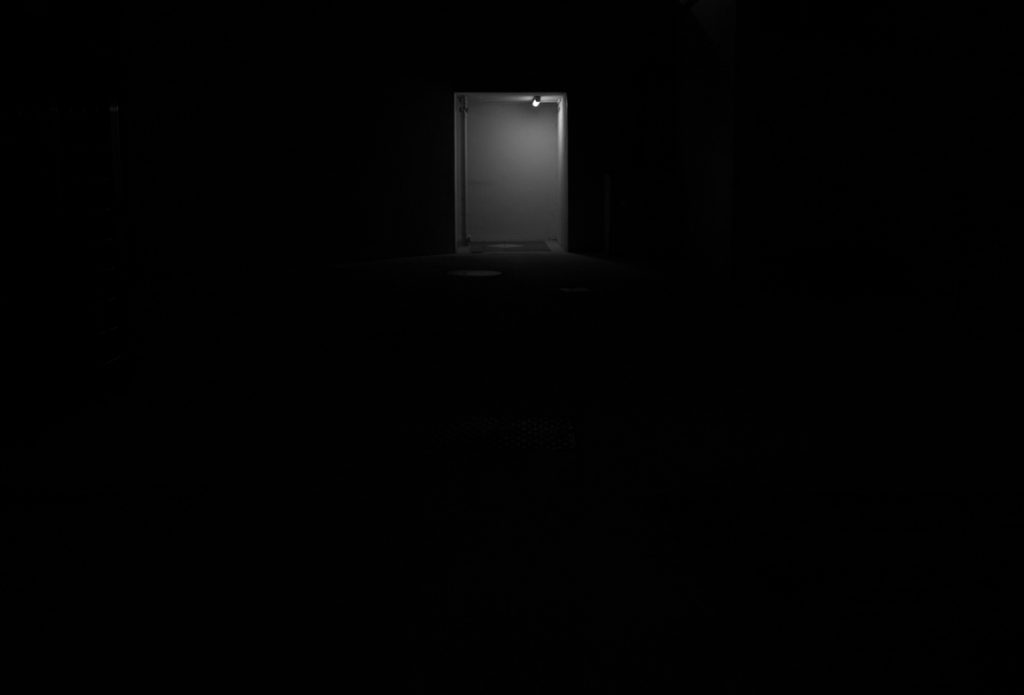
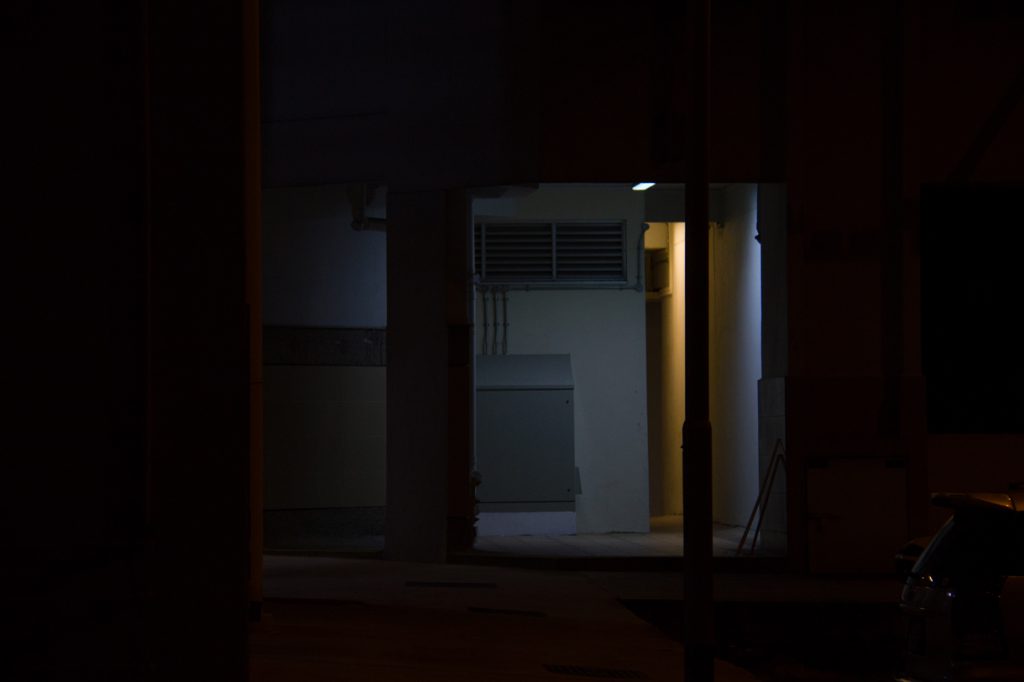
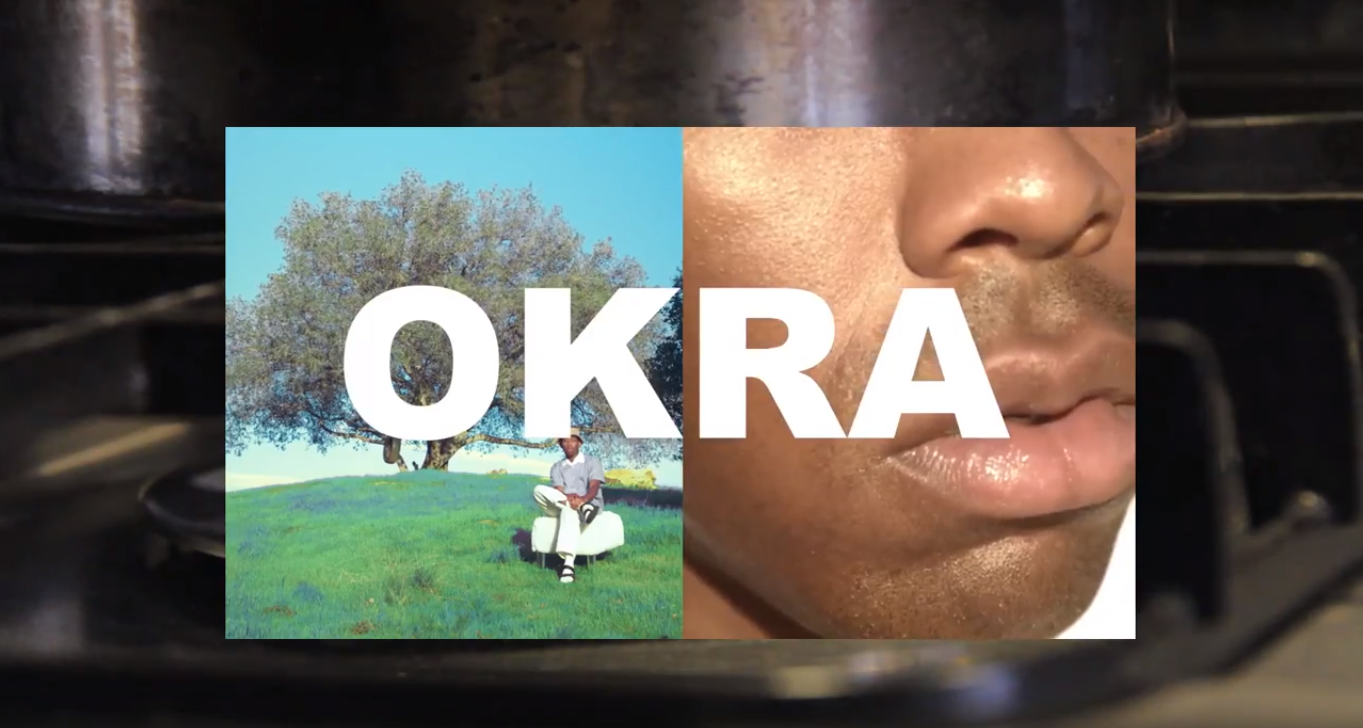
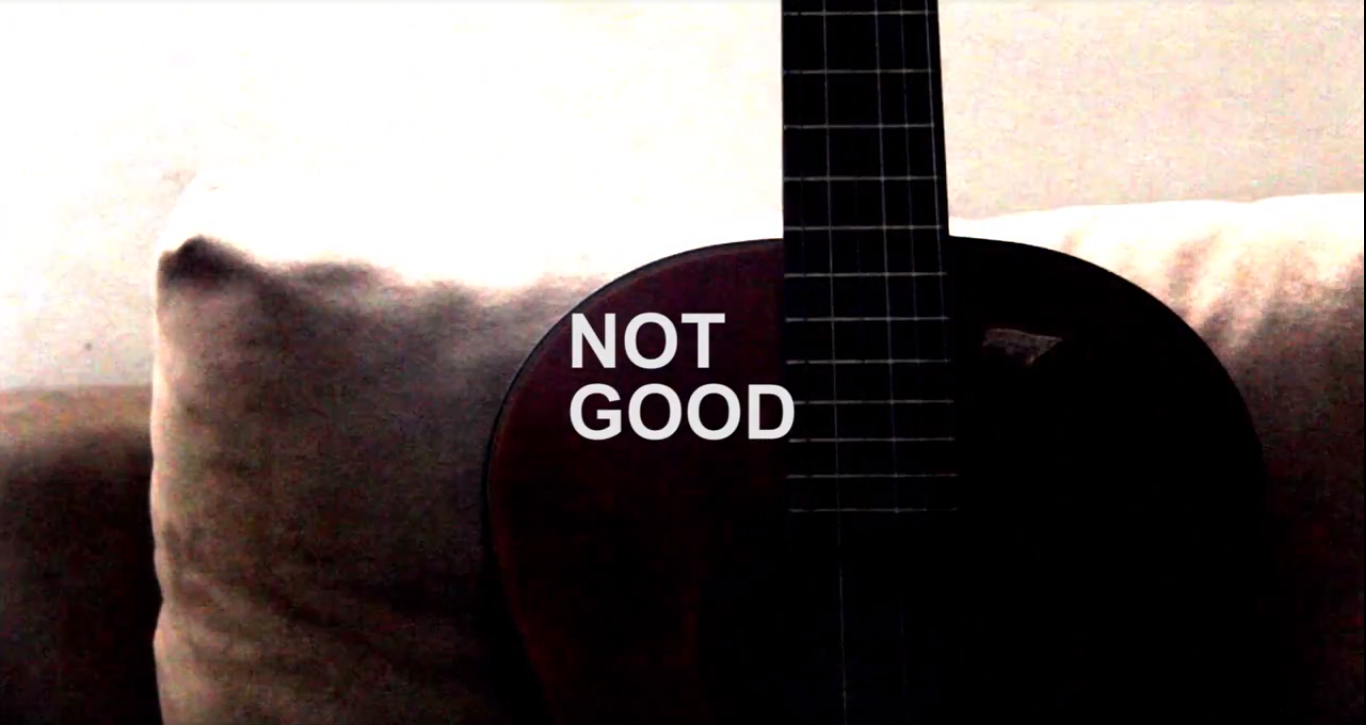

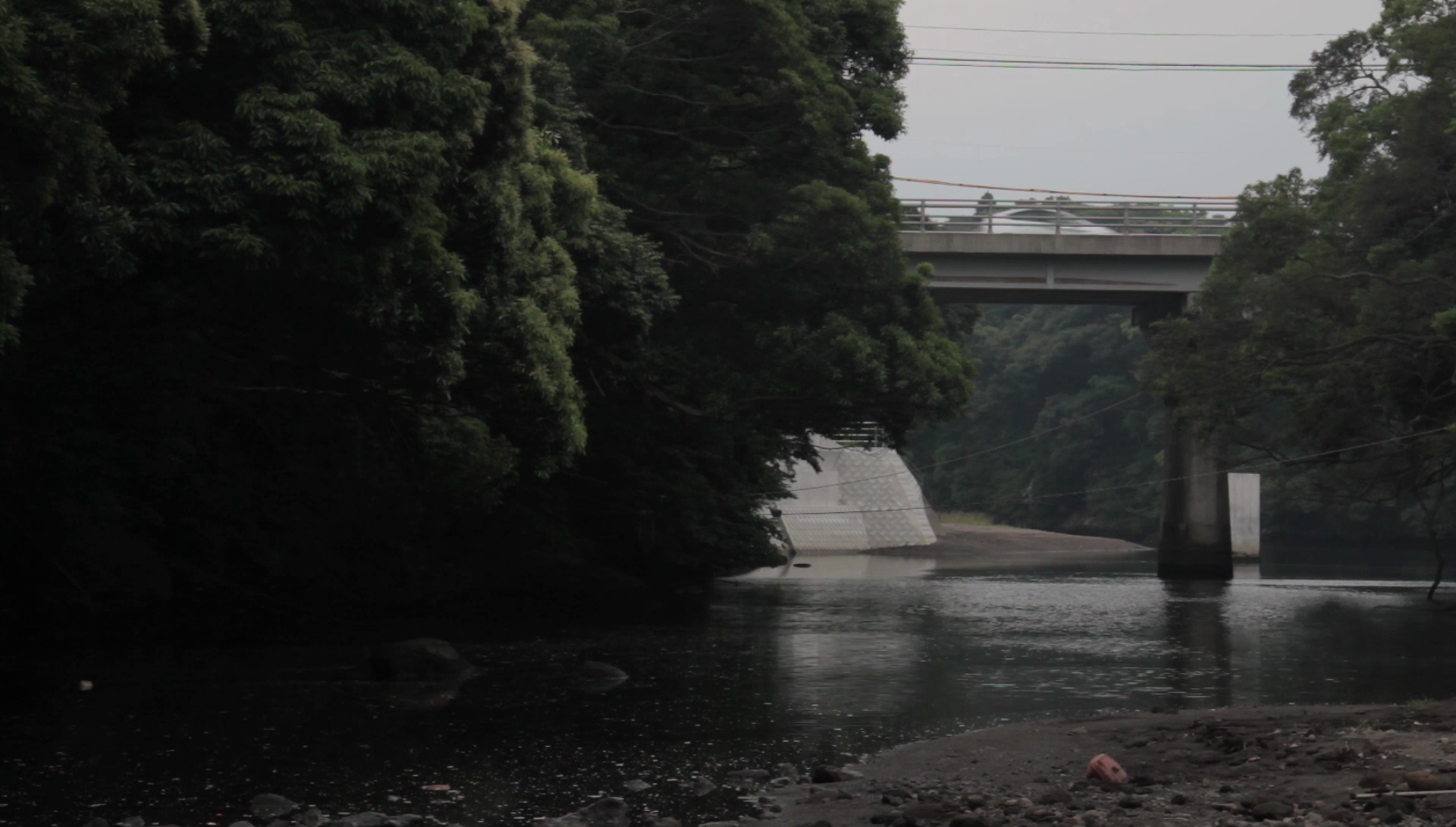


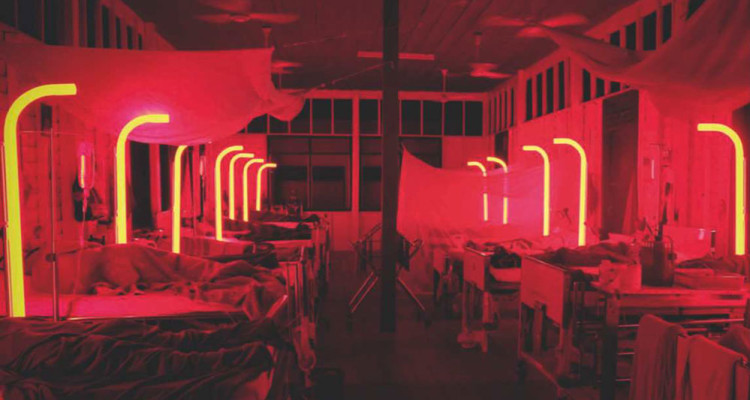



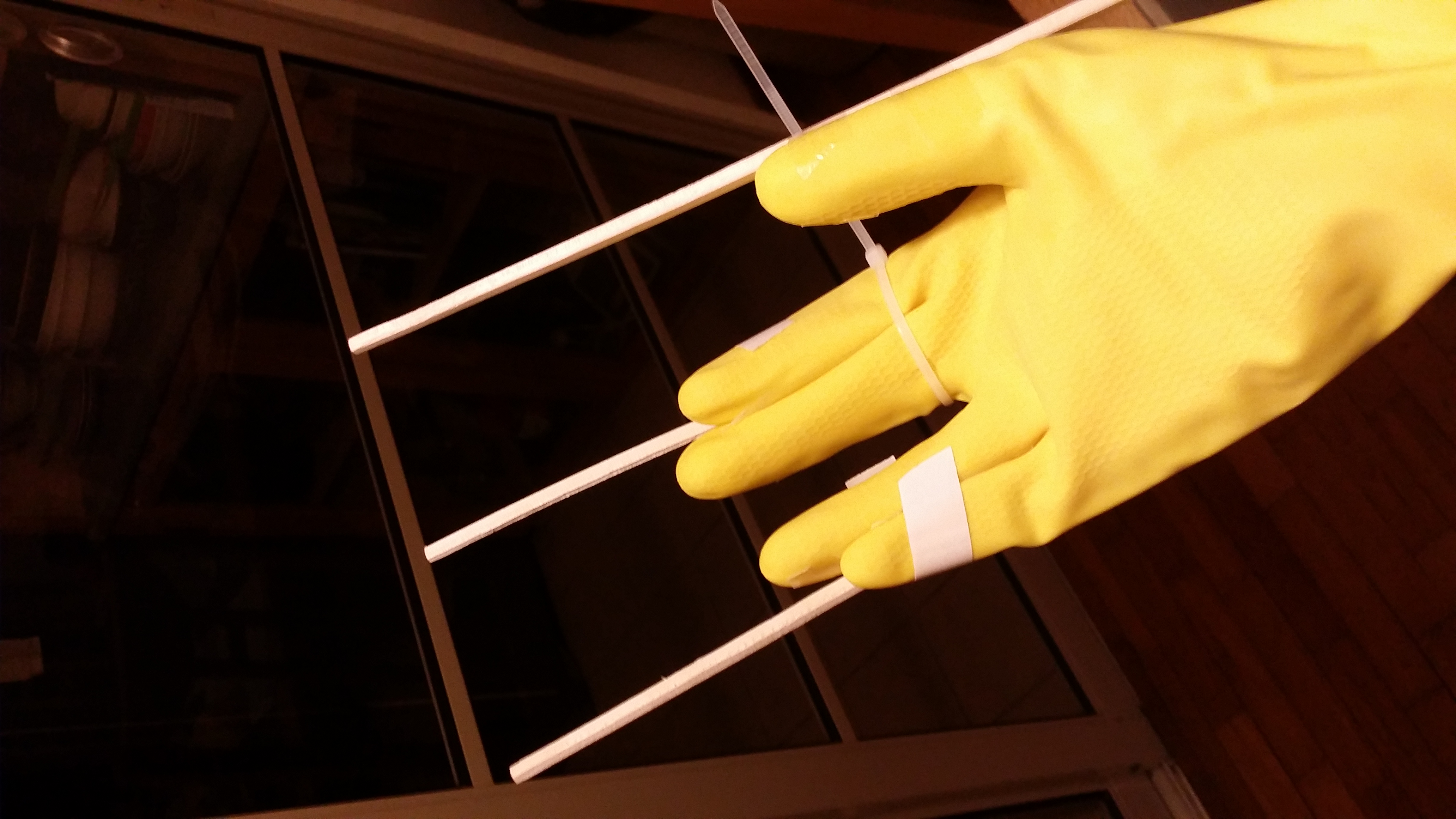
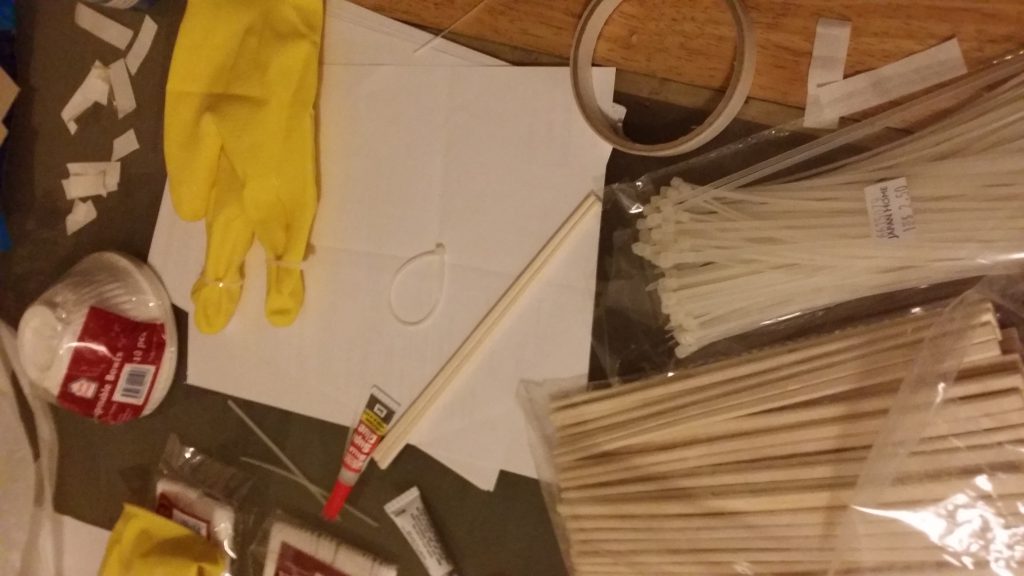 world.
world.